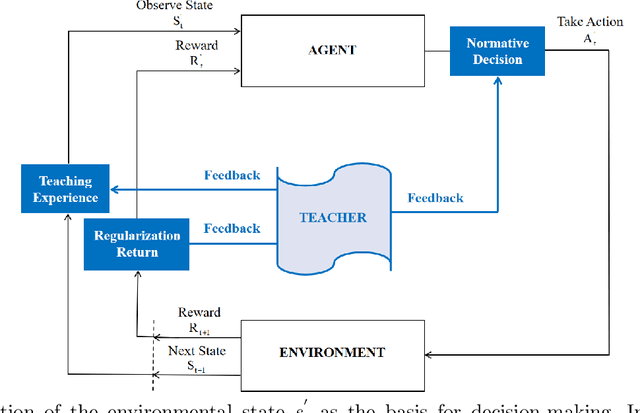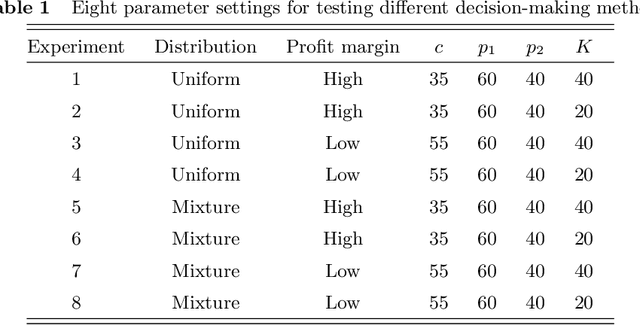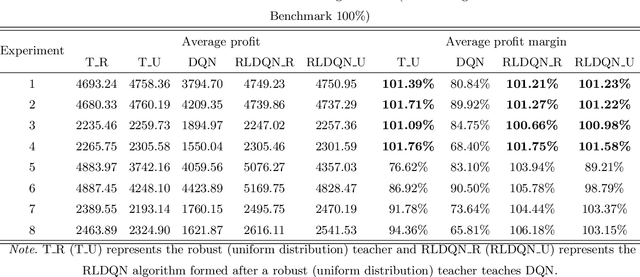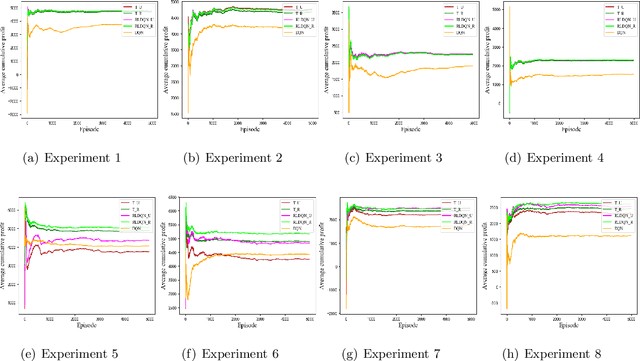Xiaoli Yan
MOFA: Discovering Materials for Carbon Capture with a GenAI- and Simulation-Based Workflow
Jan 18, 2025Abstract:We present MOFA, an open-source generative AI (GenAI) plus simulation workflow for high-throughput generation of metal-organic frameworks (MOFs) on large-scale high-performance computing (HPC) systems. MOFA addresses key challenges in integrating GPU-accelerated computing for GPU-intensive GenAI tasks, including distributed training and inference, alongside CPU- and GPU-optimized tasks for screening and filtering AI-generated MOFs using molecular dynamics, density functional theory, and Monte Carlo simulations. These heterogeneous tasks are unified within an online learning framework that optimizes the utilization of available CPU and GPU resources across HPC systems. Performance metrics from a 450-node (14,400 AMD Zen 3 CPUs + 1800 NVIDIA A100 GPUs) supercomputer run demonstrate that MOFA achieves high-throughput generation of novel MOF structures, with CO$_2$ adsorption capacities ranking among the top 10 in the hypothetical MOF (hMOF) dataset. Furthermore, the production of high-quality MOFs exhibits a linear relationship with the number of nodes utilized. The modular architecture of MOFA will facilitate its integration into other scientific applications that dynamically combine GenAI with large-scale simulations.
GHP-MOFassemble: Diffusion modeling, high throughput screening, and molecular dynamics for rational discovery of novel metal-organic frameworks for carbon capture at scale
Jun 14, 2023Abstract:We introduce GHP-MOFassemble, a Generative artificial intelligence (AI), High Performance framework to accelerate the rational design of metal-organic frameworks (MOFs) with high CO2 capacity and synthesizable linkers. Our framework combines a diffusion model, a class of generative AI, to generate novel linkers that are assembled with one of three pre-selected nodes into MOFs in a primitive cubic (pcu) topology. The CO2 capacities of these AI-generated MOFs are predicted using a modified version of the crystal graph convolutional neural network model. We then use the LAMMPS code to perform molecular dynamics simulations to relax the AI-generated MOF structures, and identify those that converge to stable structures, and maintain their porous properties throughout the simulations. Among 120,000 pcu MOF candidates generated by the GHP-MOFassemble framework, with three distinct metal nodes (Cu paddlewheel, Zn paddlewheel, Zn tetramer), a total of 102 structures completed molecular dynamics simulations at 1 bar with predicted CO2 capacity higher than 2 mmol/g at 0.1 bar, which corresponds to the top 5% of hMOFs in the hypothetical MOF (hMOF) dataset in the MOFX-DB database. Among these candidates, 18 have change in density lower than 1% during molecular dynamics simulations, indicating their stability. We also found that the top five GHP-MOFassemble's MOF structures have CO2 capacities higher than 96.9% of hMOF structures. This new approach combines generative AI, graph modeling, large-scale molecular dynamics simulations, and extreme scale computing to open up new pathways for the accelerated discovery of novel MOF structures at scale.
Product Segmentation Newsvendor Problems: A Robust Learning Approach
Jul 08, 2022



Abstract:We propose and analyze a product segmentation newsvendor problem, which generalizes the phenomenon of segmentation sales of a class of perishable items. The product segmentation newsvendor problem is a new variant of the newsvendor problem, reflecting that sellers maximize profits by determining the inventory of the whole item in the context of uncertain demand for sub-items. We derive the closed-form robust ordering decision by assuming that the means and covariance matrix of stochastic demand are available but not the distributions. However, robust approaches that always trade-off in the worst-case demand scenario face a concern in solution conservatism; thus, the traditional robust schemes offer unsatisfactory. In this paper, we integrate robust and deep reinforcement learning (DRL) techniques and propose a new paradigm termed robust learning to increase the attractiveness of robust policies. Notably, we take the robust decision as human domain knowledge and implement it into the training process of DRL by designing a full-process human-machine collaborative mechanism of teaching experience, normative decision, and regularization return. Simulation results confirm that our approach effectively improves robust performance and can generalize to various problems that require robust but less conservative solutions. Simultaneously, fewer training episodes, increased training stability, and interpretability of behavior may have the opportunity to facilitate the deployment of DRL algorithms in operational practice. Furthermore, the successful attempt of RLDQN to solve the 1000-dimensional demand scenarios reveals that the algorithm provides a path to solve complex operational problems through human-machine collaboration and may have potential significance for solving other complex operational management problems.
 Add to Chrome
Add to Chrome Add to Firefox
Add to Firefox Add to Edge
Add to Edge